ISSN ONLINE(2319-8753)PRINT(2347-6710)
ISSN ONLINE(2319-8753)PRINT(2347-6710)
S. B. Gadge, S. D. Gorantiwar, Virendra kumar and Mahesh Kothari
|
| Related article at Pubmed, Scholar Google |
Visit for more related articles at International Journal of Innovative Research in Science, Engineering and Technology
A linear programming model was formulated to suggest the optimal cropping pattern for surface irrigation in a command area. The objective of the model was to achieve the maximum net benefits. The objective function of the model was subjected to the constraints viz., the total available water and land during different irrigation periods. The model was applied to the command area of Direct minor no. 3 of the Mula Irrigation Project, Ahmednagar, Maharashtra for different proportions of the total command area of minor no. 3. The model gave the optimal cropping pattern for 431.7 ha of command area having water availability of 171280 m3 during the “ON” period (7 days) of canal rotation for 60% proportion. The net return from the optimal cropping plan was 50.68 Million Rs. The optimal cropping pattern includes allocation of 25.9 ha area for papaya, 25.90 ha for sugarcane, 96.4 ha for Rabi tomato, 6.17 ha for Rabi onion, 78.35 ha for Kharif brinjal, 2.98 ha for cabbage, 55.03 ha for summer brinjal and 12.88 ha for summer onion.
Keywords |
| Linear programming, Optimal cropping pattern, Water allocation, Canal command area. |
INTRODUCTION |
| It is necessary to increase area under cultivation and/or increase production per unit area to meet the increasing demand of food, fiber and fuel for the ever increasing population. As the productivity of irrigated agriculture is more than 2-3 times the productivity of rainfed agriculture it is imperative to bring more area under irrigation. However due to increasing pressure from industries, domestic sector; and increasing awareness for the ecological concern, it is rather difficult to bring additional area under cultivation and allocate additional share of water for agriculture. On the other hand share of water for agriculture is reducing due to priority of water for domestic and industrial sectors in National and State water policies. The other options of increasing production per unit area and per unit water need more scientific utilization of the resources and their optimal allocation to achieve maximum returns. |
| The irrigation projects in India adopt surface methods of irrigation. The irrigation interval is usually about a week or more. The minimum depth of water to be applied for each irrigation is usually large, for e.g. 50 mm or above. If previous irrigation is skipped or prolonged; greater depth needs to be applied. Hence, the water distribution system in the outlet command area of irrigation project is designed such that the particular field gets water only once during the irrigation period. Also, the existing cropping pattern remains same for many years. Random introduction of new crops by the farmers in the command may not utilize the available land and water resources to achieve maximum returns. This emphasizes diversification of the existing cropping pattern such that it could maximize the net returns from the available land and water resources. Most of the techniques suggested for optimal allocation of these resources are complex and tedious for their wide scale use. These include linear programming, non-linear programming, dynamic programming, evolutionary algorithms etc. Linear programming technique has been found to be having wider application for optimum allocation of land and water resources in the command area of irrigation projects due to its simplicity in formulation and implementation [1-3]. In the present study which aims at developing the optimal cropping pattern for maximization of net returns at minor level of command area, the linear programming technique has been used. This paper first presents the optimization model based on linear programming, the description of case study area with input parameters and then the results of the application of the model to the case study. |
MODEL DEVELOPMENT |
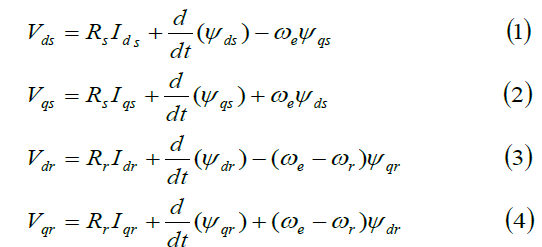 |
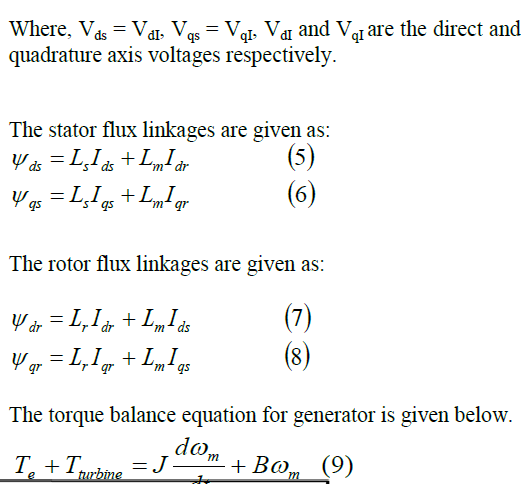 |
| 1. The minimum area under Sugarcane should be 10% of the total outlet command area. |
| 2. The minimum area under all fruit crops together (Papaya, Banana, Pomegranate, grapes and Lime) should be 10% of the total outlet command area. |
| 3. The minimum area under all Kharif crops (Kharif Soybean, Kharif Groundnut, Cotton and Kharif Brinjal) should be 20% of the total outlet command area. |
| 4. The minimum area under all Rabi crops (Rabi Tomato, Rabi Onion, Gram, Potato and Cabbage) should be 40% of the total outlet command area. |
| 5. The minimum area under all summer crops (Summer Brinjal, Summer Cucumber, Summer onion, Summer Okra, Summer Groundnut and Summer Chilli) should be 20% of the total outlet command area. |
| The coefficients of objective function |
| The net benefit obtained per unit area (Rs/ha) under different crops are used as coefficients of objective function. These coefficients (Equation1) for different crops under surface irrigation methods are presented in Table 1. |
| The coefficients of land area constraint |
| The coefficients of land area constraints for different crops (Equation 3) are presented in Table 2. These constraints indicate presence or absence of a particular crop during the specified irrigation period, depending on the planting/ sowing date and the crop growth period. The total cultivable area during any irrigation period cannot exceed the total command area i.e. 431.75 ha. |
| The coefficients of water availability constraint |
| The irrigation requirement of a crop expressed in m for a particular irrigation period is used as coefficients of water requirement constraint. The crop coefficient equations that were used for estimating evapotranspiration of different crops from reference crop evapotranspiration are presented in Table 3. The efficiency of the surface irrigation method was considered to be 60 %. The minimum depth of irrigation was considered as 40 mm. The coefficients of water requirement constraints (Equation 2) are presented in Table 4. The total water requirement during any irrigation period cannot exceed the inflow during the irrigation period i.e. 171280 m3. |
| Total water availability |
| Total water availability during a specified irrigation period i.e. Infi in equation (2) was estimated with the help of discharge of minor and the total number of days during ‘ON’ period of the ith irrigation period.The irrigation interval in this study is 14 days with water delivery period of 7 days. The daily flow at the inlet of the minor during the “ON” period of the canal is 10 cusec. Hence, the total water available at the inlet of minor during the “ON” period of the water supply is 171280 m3. This water availability is considered as the inflow for all 26 irrigation periods of the year. |
| Crop coefficient data |
| Since the location specific data on the stage wise crop coefficient was not available, the stage wise crop coefficient for banana, sugarcane, cucumber, grape, brinjal and cabbage were adopted from Allen et al [4]. Similarly, the stage wise crop coefficient for onion, cotton, soybean, potato and tomato were adopted from the Doorenbos et al [5]. However, the location specific data was available for some crops and hence the locally developed crop coefficients were adopted for these crops in the study. The crop coefficient for gram and groundnut were adopted from Patil [6]. Similarly, the crop coefficient data for chilli and okra were adopted from Dhotre et.al [7]. As stated before the crop coefficient curves developed for estimating daily Kc values are presented in Table 3. |
| CASE STUDY DESCRIPTION |
| The study area, Direct minor no. 3, is situated on Mula Right Bank Canal at the chainage of 11840 m from the headworks of Mula Irrigation Project. The Mula Irrigation Project is situated on river Mula which originates in the Western Ghats near Harishchandragad (RL 1425 m) in the high ranges of Sahyadri. The command area of Mula Irrigation Project lies in between latitude 19°15'00" N to 19°45'00" N and longitude 74°30'00" E to 75°15'00" E. The river and command area of the irrigation project are situated in Ahmednagar district, Maharashtra. The reservoir of Mula Irrigation Project is situated at Baragaon Nandur and command area is spread over Rahuri, Newasa, Shevgaon and Pathardi Talukas of Ahmednagar. The total cultural command area encompassed by the minor is 431.75 ha. The discharge of minor at the head regulator is 0.283 cumec. The average annual rainfall in the area is 550 mm. The climate of the area is semi-arid and the average annual temperature is observed to vary from 32 °C to 17 °C. |
| Crops are grown in two seasons namely Kharif and Rabi together with perennial crops. The recommended cropping pattern of the project includes perennials, two seasonal crops like chilli and cotton, Kharif crops like bajara, paddy, groundnut and vegetables and the Rabi crops like wheat, maize, gram along with a small percent of hot weather crops and un-irrigated pulses. |
| The Rotational Water Supply system is followed in the canal command area of Mula Irrigation Project. The rotation is based on 7 days “ON” and 7 days “OFF” period. Presently, water users associations are formed in the command and water charges on volumetric basis is proposed. |
| There are 346 land holders in the command area. The majority of the farmers (52 %) in the study area are marginal farmers. Small farmers constitute for about 33% of the total farming community of the command area. 12 % of the total land holders are in semi- medium category and only 1 % farmers have medium size land holding. |
| Selection of crops |
| The crops considered in the analysis are papaya, banana, sugarcane, pomegranate, lime, grapes, Kharif soybean, Rabi tomato, Kharif groundnut, Rabi onion, cotton, gram, potato, Kharif brinjal, cabbage, Summer brinjal, Summer cucumber, Summer onion, Summer okra, Summer groundnut and Summer chilli. Selections of these crops are based on their productivity in the area and the farmer’s preference for the crops. |
RESULT AND DISCUSSION |
| The developed model was applied to the case study area under the following assumptions with the input data presented in the previous section. |
| 1. All producers in a command have identical input coefficients. |
| 2. All farmers in a command follow same cropping pattern. |
| 3. The input requirements like labour, fertilizers etc. are not limiting factor for optimal cropping. |
| 4. Land and water are the only limitations for optimal allocation. |
| The developed model was solved using MS-Excel® software, the Solver. The results of application of the model to the command area of Direct Minor no.3, Mula irrigation project are discussed here. The model was run for the total command area of the minor. However, the results were infeasible and indicated that the available water was not sufficient. Since, the available water was found to be insufficient to irrigate the entire command area, different proportions of the command area, ranging from 0.4 to 0.7 were considered for irrigation. The crop allocation obtained for different proportions of the command area for irrigation is presented in Table 5. It is observed from Table 5 that as the area to be brought under irrigation is increased, crops with lower water requirement find place in the allocation although their net benefits are less. |
| Net benefit |
| The net benefit obtained for different proportions of irrigated command area is presented in Figure 2. Figure 2 shows that the net benefits increase with the proportion of the command area and maximum net benefit (50.68 Million Rs) is obtained when 60% of the command area is brought under irrigation with the available rated inflow (171280 m3) at the inlet of the minor. However, the net benefit decreases if the proportion of command area is increased further. This decrease in the net benefit is due to the reason that as the area to be irrigated is increased the available water is allocated to crops with lower water requirement which may not necessarily yield higher net benefits. Further, increase in area under irrigation increases the allocation to Rabi crops, whereas the allocation to summer and Kharif crops decreases. This is due to the fact that the water requirement of summer and Kharif crop is high compared to Rabi crops. |
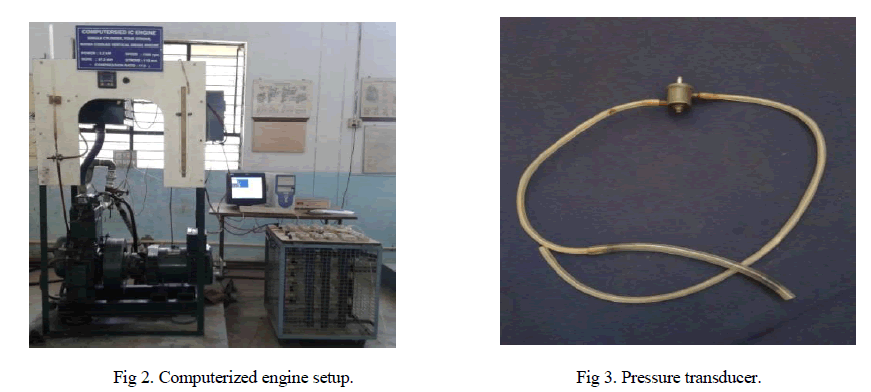 |
| Figure 2 Effect of area to be brought under irrigation on net benefits generated under surface irrigation method. Optimal cropping pattern |
| The optimal plan is the one which yields maximum benefit. The optimal crop allocation of the command is observed for irrigation of 60% of the command area. The optimal area allocation includes allocation of 25.9 ha area for papaya, 25.90 ha for sugarcane, 96.4 ha for Rabi tomato, 6.17 ha for Rabi onion, 78.35 ha for Kharif brinjal, 2.98 ha for cabbage, 55.03 ha for summer brinjal and 12.88 ha for summer onion. |
| Water allocation under surface irrigation method |
| Water allocation under the optimal plan (60% irrigation of the command) is presented in Figure 3. The allocation is observed to vary from 6.6 ha-cm (171279 m3) to 4.0 ha-cm (103786 m3) during the year. The maximum allocation is required for the 2nd, 9th, 12th, 19th, 25th and 26th irrigation period. This variation is due to variation in the water requirement during different periods. The water allocation schedule presented in Fig. 3 also acts as the water release schedule for minor no.3 for optimal benefits. |
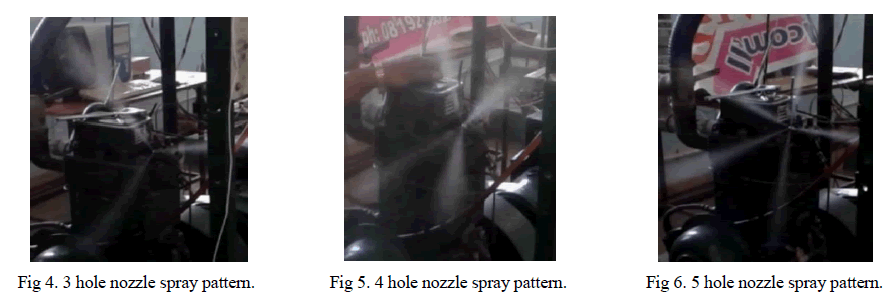 |
| Figure 3 Water allocation schedule for maximum net benefits under surface irrigation method. |
CONCLUSIONS |
| The following conclusions are drawn from the application of model to the command area of Direct Minor no.3, Mula irrigation project: |
| 1. The computer model based on linear programming is useful to find the optimal cropping pattern and water release schedule at the minor level under given scenario of crop mix and water availability. |
| 2. The available water at the inlet of the command area is not sufficient to irrigate the entire command area.It is optimal to irrigate 60% of the command area with the available water of 171279 m3 during the “ON” period (7 days) of canal rotation. |
| 3. It is optimal to allocate 6.0% of total command area to papaya, 6.0 % to sugarcane, 22.33% to Rabi tomato, 1.43% to Rabi Onion, 18.15% to Kharif brinjal, 0.69% to Cabbage, 12.75% to summer brinjal and 2.98% to summer onion. |
References |
|
| TABLE 1 COEFFICIENTS OF OBJECTIVE FUNCTION (NET BENEFITS, Rs/ha). |
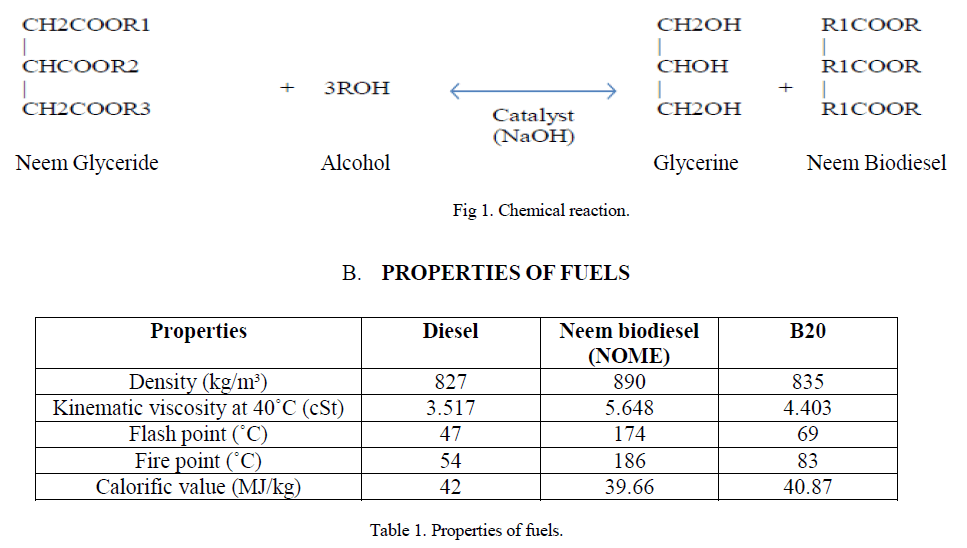 |
| TABLE 2 COEFFICIENTS OF AREA CONSTRAINTS |
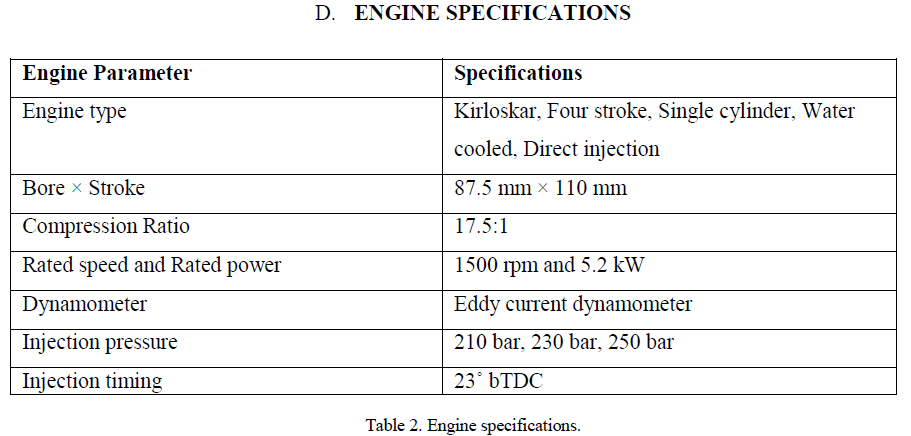 |
| TABLE 3 CROP COEFFICIENT EQUATIONS USED FOR CALCULATING THE EVAPOTRANSPIRATION FOR DIFFERENT CROPS |
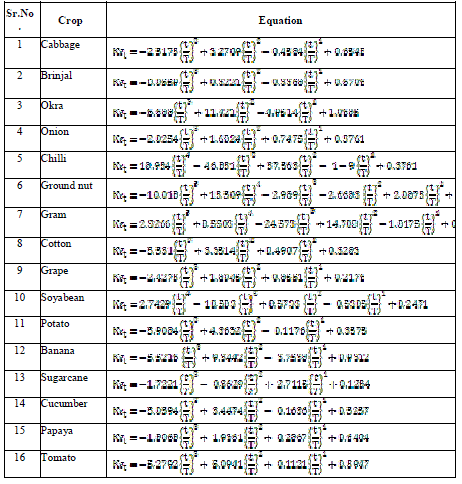 |
| Where, |
| Kct = crop coefficient of tth day |
| t = day considered |
| T = total period of crop growth from sowing to harvesting (days) |
| a0, a1, a2 …= constants of equations |
| TABLE 4 COEFFICIENT OF WATER REQUIREMENT CONSTRAINT (mm) |
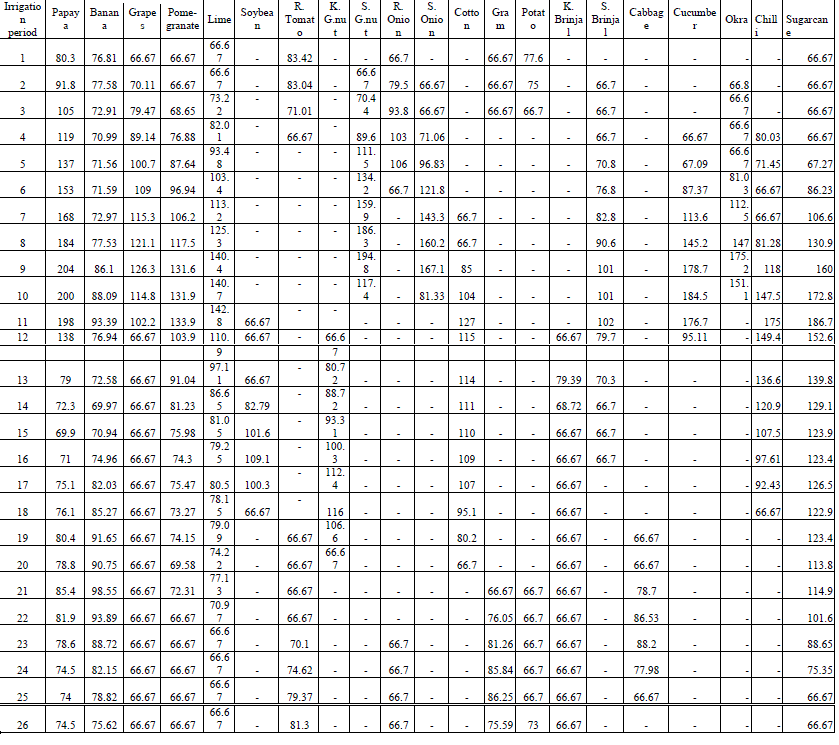 |
| TABLE 5 AREA ALLOCATION UNDER DIFFERENT CROPS FOR DIFFERENT PROPORTION OF IRRIGATION IN COMMAND AREA |
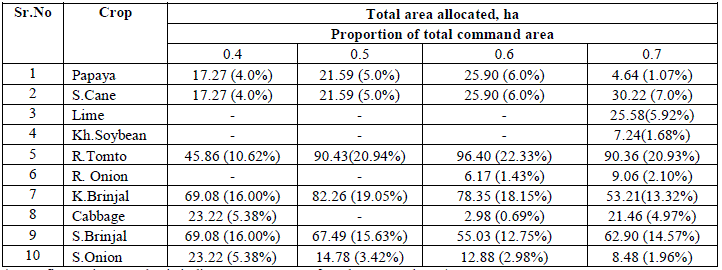 |
| (Note: figures in parenthesis indicates percentage of total command area) |